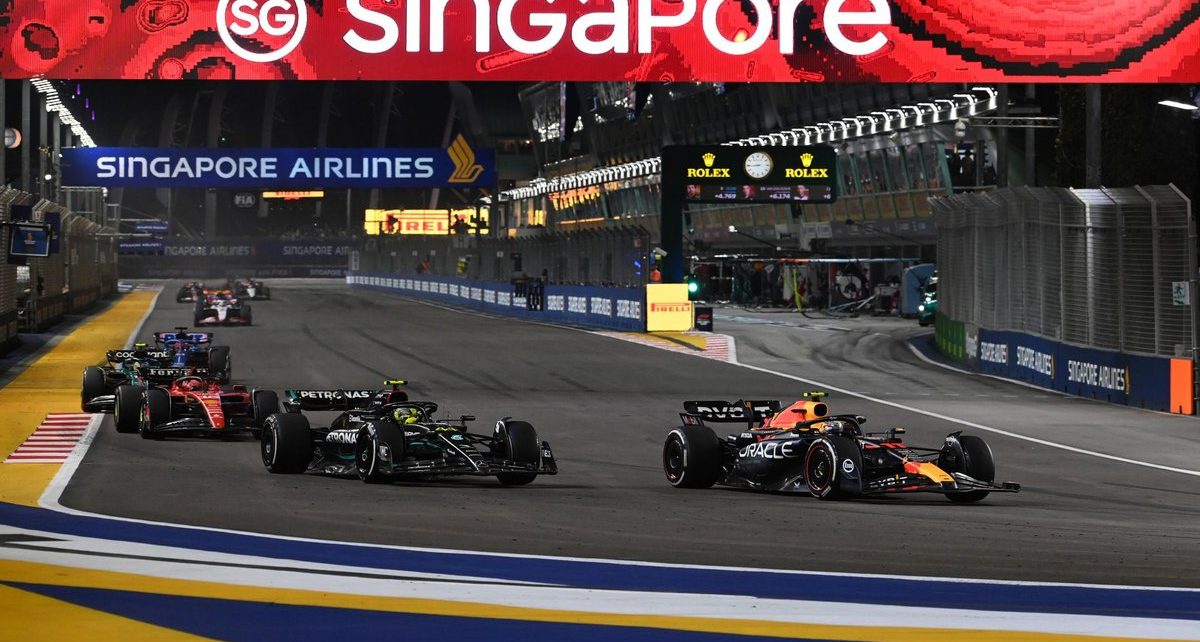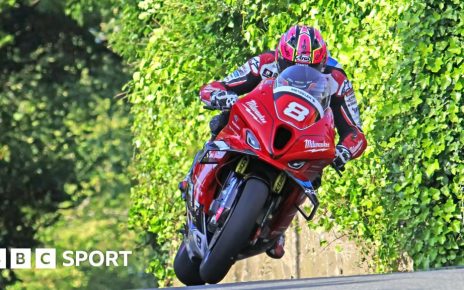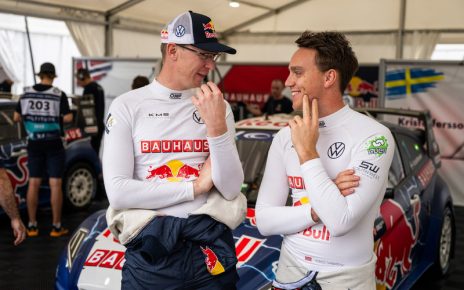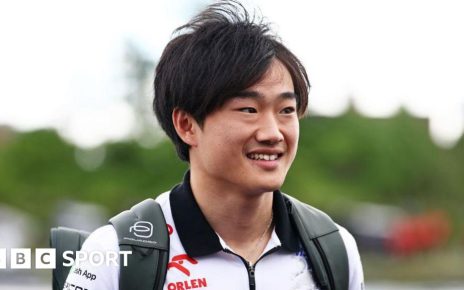Sponsored by 
Former world champion Nico Rosberg once described it as like being “in a sauna on a spinning bike for two hours” and the unpredictability the unique conditions create gives fans their fair share of action and drama.
Last year, more than 260,000 people flocked to the Marina Bay Street Circuit, which delivered plenty of on-track excitement – but just what are the key things that make it such a challenging track for the drivers to race on?
Relentless corners
First of all, Marina Bay is a street circuit like no other. It has 19 corners over 4.94km – an average of one every 260m – and although this is now four shorter than its original layout, it still makes it one of the most intense laps of all the F1 venues.
Only Jeddah, Abu Dhabi and Baku have more turns, but all have longer laps. The intensity for a driver is indicated by the average race lap times, which are second only to Monaco on the slowest list, but it is the drivers’ comments that make it clear just how tough it is.
The never-ending, corner-after-corner layout means that they literally have no time to breathe and last year Nico Rosberg explained: “You have the seatbelts really tight, so you can hardly breathe properly. You have to hold your breath in the corners.”

Pierre Gasly, Alpine A523
Photo by: Alpine
Between the barriers
The track is lined with barriers and drivers get very close in certain places. Max Verstappen has admitted to consciously leaving “a bit more margin” in his driving and it is easy to end up in the wall, either pushing too hard in qualifying or losing concentration in the race.
Two examples from last year are Aston Martin driver Lance Stroll, who walked away from a big crash in qualifying, and Mercedes’ George Russell, who made a mistake chasing down McLaren’s Lando Norris and ended up in the barriers on the final lap of the race.
Even seven-time champion Lewis Hamilton has had the occasional off in Singapore, notably going straight on at Turn 7 in 2022. Incredibly, though, he escaped damage and recovered to return to the race and battle on.
Endurance
Not only is the track one of the most intense in F1, the race is also the longest. Last year, the slightly shortened track saw the fastest race here yet – although that still clocked in at one hour 43 minutes – and the two-hour maximum time limit has been reached five times.
Maintaining full concentration at that level of intensity for that length of time, with few moments for a break on the rare short straights, means that simply getting round at all is an impressive feat, let alone having to think about strategy and wheel-to-wheel racing.
Despite the pole sitter winning nine of the 14 races so far, the full-on nature of the race leads to plenty of mistakes and opportunities throughout the field, creating a higher chance of dramatic action for the spectators.

Carlos Sainz, Ferrari SF-23, Charles Leclerc, Ferrari SF-23
Photo by: Ferrari
Bumps and kerbs
Being a street circuit, the track is far from smooth. Not only is it a bumpy ride for the drivers – with vibrations making it hard to focus – many of the kerbs are also high. Teams typically want to run the car as stiff as possible, so that can make life very uncomfortable.
It also makes it difficult in the garage, as cars have to be set up with a higher ride height than normal, hampering the aerodynamics. This was particularly notable for Red Bull last year, as their car was more specifically tuned to running at lower levels than those of its rivals.
Heat and humidity
Until last year’s steaming hot Qatar Grand Prix, conditions in Singapore were deemed the most demanding on the calendar. Drivers risk heat stress as ambient temperatures can hit more than 40 degrees Celsius, pushing cockpit temperatures up to as high as 60 degrees.
Many drivers acclimatise in saunas the week before the race, and the only cooling they get out on track is provided by a 1500mm² inlet at the front of the car, which sends air into the cockpit, and helmet vents that feed air through channels and around their head.
It is not only the heat, but also the humidity that really makes it tough. This can reach more than 70% and drivers sweat intensely, losing up to 4kg of their body weight and also experiencing lower electrolyte levels, higher heart rates and higher core temperatures.
Taking on fluids during the race is not easy – or pleasant – as the human capacity for liquid absorption is just over one litre over the course of a race. Last year, Kevin Magnussen said that the drivers’ in-car drink feed becomes “almost like tea, too hot to drink.”
Time-shift
Just to add another dimension to the challenge, Singapore has always been run as a night race. That does not really affect the visual experience – the track is bathed in light, making it as bright as day for the drivers – but it turns race weekend timing completely on its head.

Carlos Sainz, Ferrari SF-23, Lando Norris, McLaren MCL60, Lewis Hamilton, Mercedes F1 W14
Photo by: Lionel Ng / Motorsport Images
This year’s race comes just one weekend after the Azerbaijan Grand Prix – approximately nine hours flying time away – and when the teams and drivers arrive, they usually continue to operate on European time, to make the late evening start seem more normal.
This means they need to go to bed just as the sun is coming up, at around 6am, and usually get up for breakfast at 2pm, ready to head to the track. Everything is offset – including media and sponsors commitments – and that makes it a very odd experience.
The only elusive venue
Despite winning at 26 different circuits, Max Verstappen is yet to step onto the top of the podium at the Marina Bay Street Circuit – in fact, it is the only race on this year’s calendar where he has not yet managed to win.
He first appeared on the podium in 2018, finishing second to Hamilton, and was third the following year. The race took a break during the COVID-19 pandemic and when it returned, in 2022, a fuelling mistake in qualifying put him eighth on the grid and he finished seventh.
It was even worse for the Dutch driver last year, as his Red Bull team struggled with set-up issues and he was knocked out of qualifying in Q2. He started 11th and ended up fifth, the only time he failed to make it onto the podium in the entire season.
Watch the Formula 1 Singapore Airlines Singapore Grand Prix 2024 live this 20 to 22 September, where nothing else comes close. Book now at www.singaporegp.sg
The F1 FORMULA 1 logo, F1 logo, FORMULA 1, F1, FIA FORMULA ONE WORLD CHAMPIONSHIP, SINGAPORE GRAND PRIX and related marks are trademarks of Formula One Licensing BV, a Formula 1 company. All rights reserved




